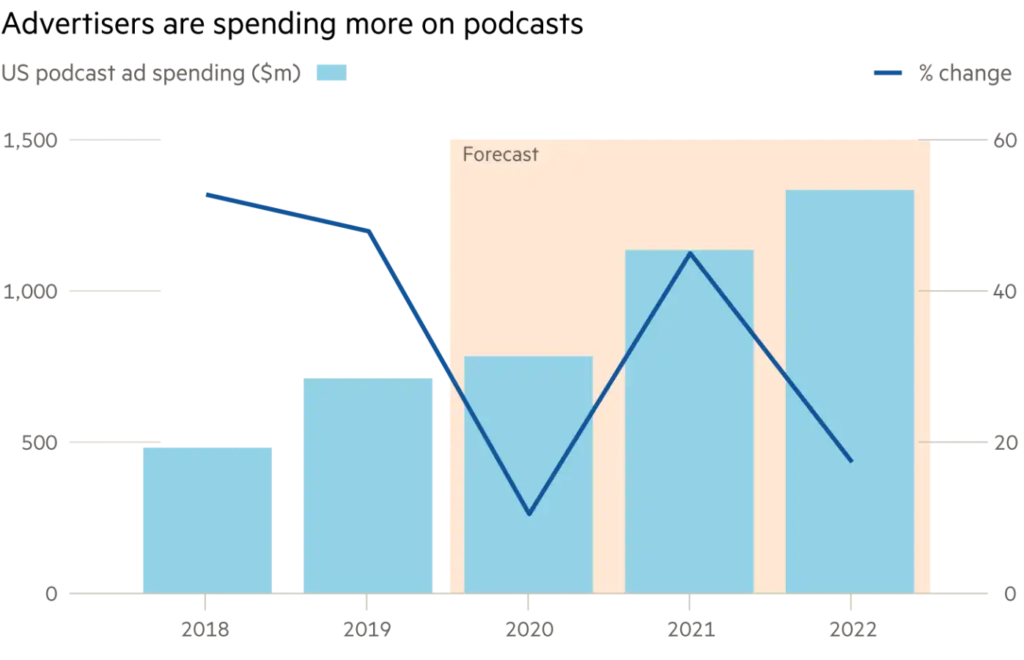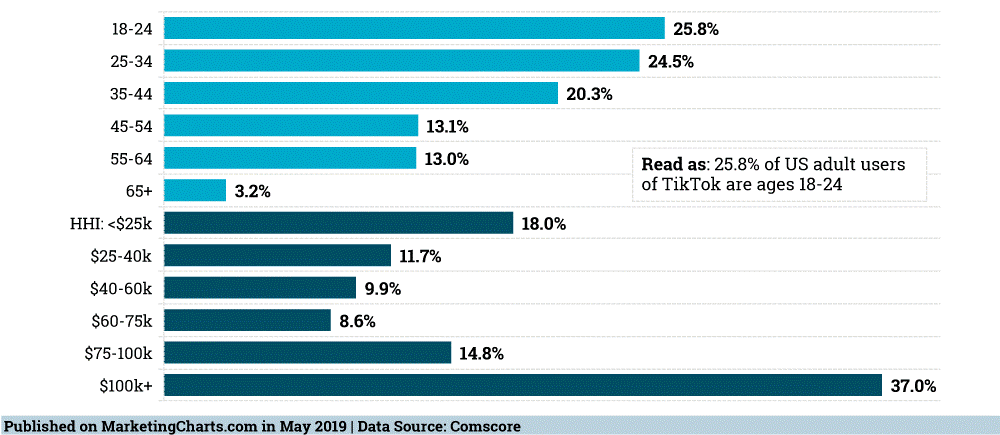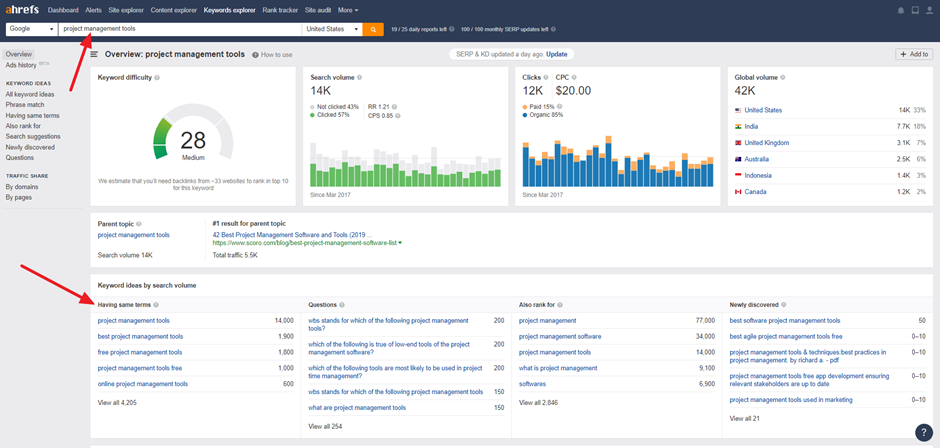With the recent action that’s been going on within the US, diversity and inclusion as well as multicultural marketing has been a hot topic among both the marketing industry as well as among the rest of the world.
These topics have been especially heated with the uproar in the Black Lives Matter movement as well as the recent death of George Floyd. Without the inclusion of all different cultures, there will continually be unrest with the majority of the population who stand for this movement.
In terms of marketing, what many customers and marketing officials seem to always have mixed up is the fact that diversity and inclusion is completely separate from multicultural marketing. Together we’ll take a deeper look at how the two are different and how that you also need to be put together for the most efficient and inclusive form of business.
The importance of this topic is quite heavy, so it’s vital for businesses to follow suit in order to be inclusive among all of the demographics they’re targeting. Let’s get started!
This is Diversity and Inclusion
Let’s talk about what diversity and inclusion really is, especially on the business side.
Diversity and inclusion is and should be a large effort among a corporation that commits to encouraging a positive work environment that includes all from different backgrounds, inspires diversity and representation in the work force and looks to improve and celebrate it within the community.
When movement sparks in one area, it has the opportunity to only grow and expand. There’s much to be learned within this topic, but the simple effort of trying to learn is already a good step in the right direction.
This is Multicultural Marketing
On the other hand, Multicultural marketing is actually an external effort made by a corporation or any company in order to promote and sell products and services. It is achieved through thorough market research and advertising to one or more specific cultural audiences.
However, this isn’t considered diversity and inclusion. From a business point of view, when companies only make this move, it’s for the increased opportunity to generate sales and profits for the company because the extensive research will show who exactly is going to buy it. Essentially it’s money driven.
This isn’t to say that the company itself is not diverse and inclusive, but multicultural marketing itself is for the purpose of generating sales for a company/brand.
One Can’t Exist Without the Other in Business
This now leads us to the conversation topic that one can not truly not exist without the other in order for the company itself to be inclusive and generate inclusivity for the others.
They are technically two separate entities. Diversity and inclusion is promoted by a company who genuinely wants to promote it throughout the work that they do and within the workforce they hire because they care about the inclusion of others regardless of cultural background.
This is done within the following ways.
- Hiring employees with culturally different backgrounds
- Discussing and informing on these topics
- Learning new ways to include others
- Listening to those who may not feel included
Multicultural marketing is seen by customers as a way to market a product to those who are potentially going to buy it over another demographic. The one disconnect that is seen by most customers is that those who are promoting products for another culture do not originate from that culture. And so the promotion of that product can either seem ingenuine or misrepresented. For complete success over the marketing aspect of a culture-driven product, it’s be marketed by the same people who essentially are buying that product. They would know how to best market it since they are the demographic.
More Companies Need to Invest in Both
For companies who take this action successfully, they need to invest in both time, money and effort. These three components will go a long way in including others and marketing towards others who deserve to be included.
This will then drive the value up in the company because they are inviting all to join in on the conversation and truly feel heard. This also creates safe space for the company work environment as it shows the effort of committing to this large step in inclusivity.
While not every company will get it right 100% of the time, it does bring peace of mind to know that there is effort and investment to eventually get to the place that it needs to be for others to feel that true inclusivity.
Join in on Both for the Right Reasons
Don’t be fooled. There are companies out there they’re only doing this for their own personal marketing stunt. Many of which only include one of the two topics that are being discussed. by not joining in for the right reasons, this not only brings the company a step backwards, but it also devalues it in terms of its credibility for securing the trust of both employees and consumers.
Think about it this way.When a company is preaching but not practicing what they preach, it creates a false sense of belief that the company is actually going to be doing what they say. They are essentially taking back something that they cannot actually produce for others.
Our Final Thoughts
So, what do we think? There are so many companies that are going in the right direction of promoting both diversity and inclusion as well as multicultural marketing, but there are also several who have yet to implement one or both of them.
In this essential time of movement, it’s important to not only understand these two topics, but also reflect and see how a marketer can incorporate it into their daily activities. This is especially when it comes to including different types of cultural backgrounds both externally and internally.








